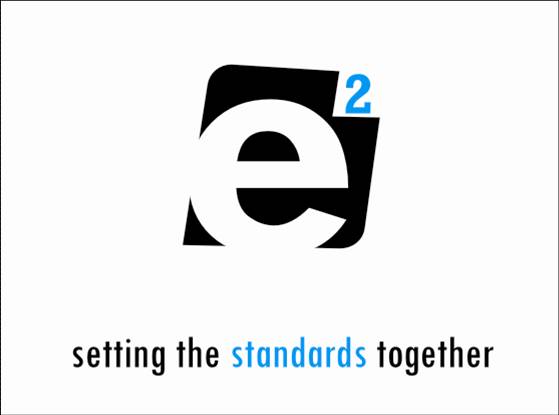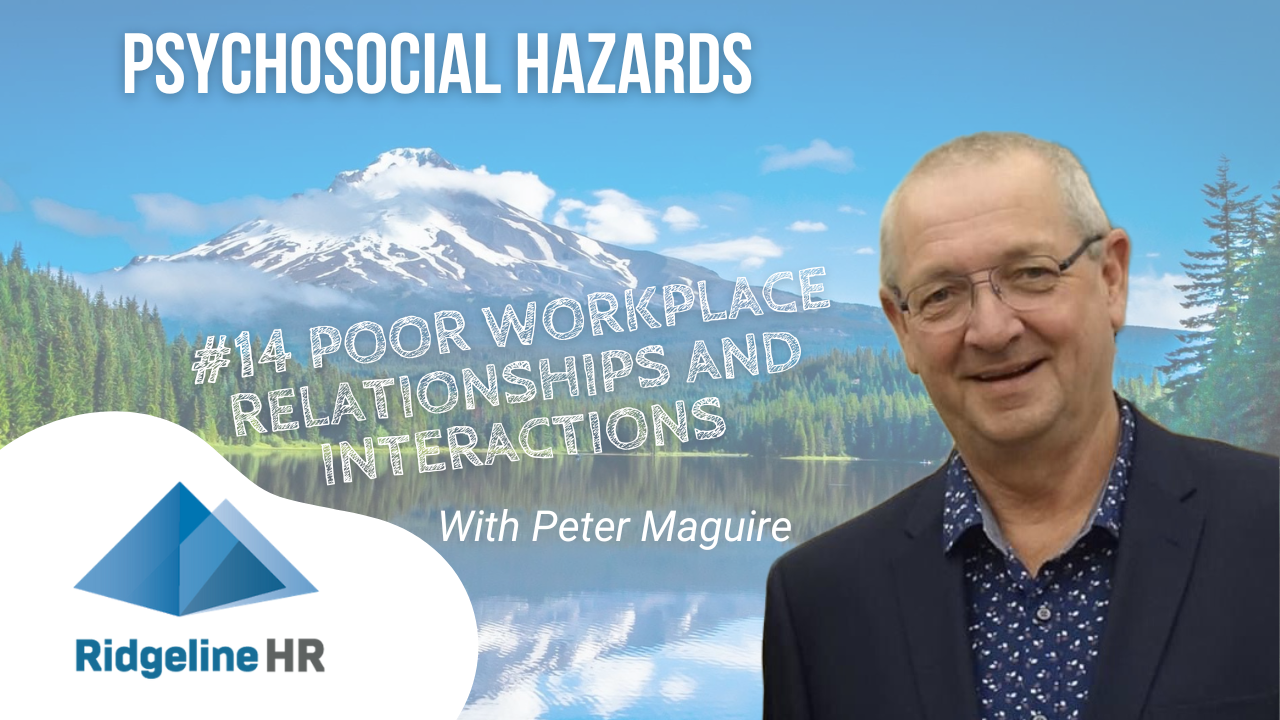
Is it time to revive “the e2 initiative”?
Latest News & Events
Is it time to revive “the e2 initiative”?

The “e2 initiative” was a project undertaken by Ridgeline HR Practice Leader, Peter Maguire in association with two quite different organisations that he worked with over a decade ago.
Investors in People Australia was the Australian licensee for Investors in People, a standard of excellence in leadership and development of people originally developed in the UK in the early 1990s. Investors in People is still going strong in the UK and in some other parts of the world albeit that it has never really taken off in Australia. For further information on Investors in People, see https://www.investorsinpeople.com/. Peter was an accredited Investors in People Specialist who advised and assessed organisations using the Investors in People Standard.
The Australian Institute of Employment Rights (which was created in the WorkChoices era) works to promote the recognition and implementation of employment rights in a cooperative industrial relations framework based on the principles of. the International Labour Organisation. In 2007, the Institute released The Australian Charter of Employment Rights which sets out 10 fundamental principles on which fair and balanced workplace laws and relationships should be based. There is an accompanying Australian Standard of Employment Rights which provides more detail on how organisations can implement those 10 principles in their workplaces. For further information on The Australian Institute of Employment Rights and its work and publications, go to https://www.aierights.com.au/. Peter was one of the leads for advising and assessing organisations against the Australian Standard of Employment Rights.
What was the “e2 initiative”?
The initiative brought together the two standards – the Investors in People Standard as the measure of “effectiveness” of an organisation and The Australian Standard of Employment Rights as the measure of the “ethics” of an organisation.
The equation: ethics x effectiveness (e2) = employee engagement (e2)
The premise for developing the program was that there was a clear disconnect between what we knew then to be best practices in leadership and management of people and what was happening with workplace laws and organisational behaviours and cultures in our workplaces.
The concept was that by bringing the two instruments together we could influence the development of more harmonious workplace relations environments which would also have the dual benefits of improving employee engagement and productivity.
There was also the potential for organisations which implemented the two standards effectively in their workplaces to achieve accreditations as an Investor in People and as an Ethical Employer.
Are things different today?
In some ways, yes and, in others, no.
LIke then when we were not long into the Fair Work era, we are going through a period of significant legislative change in workplace relations pursuant to the election of a Labor government after years under conservative governments.
Like then, we still have regular reports of large organisations underpaying wages and entitlements and in many cases they are simultaneously harvesting record profits.
We have had inquiry after inquiry making findings of culpable corporate misconduct in so many different jurisdictions.
We also still have peak bodies for unions and employers being openly combative when it comes to any proposed changes to employment rights and workplace relations laws.
Like today, leadership experts were urging our managers to be accountable, be compassionate, be engaging, be vulnerable and be collaborative. On the other hand, they were being told to manage risk, reduce costs and maximise profits and they were being rewarded for that. It was the latter that provided organisations’ policy settings.
So there is a lot that really hasn’t changed much at all.
The advent of positive duties
The penny has dropped that the traditional compliance/risk management model as applied by most organisations doesn’t work.
The positive duties that organisations must now meet in relation to elimination of sexual harassment and psychosocial hazards have been introduced for that reason – it isn’t just about changing policies, it is about bringing about real changes in behaviour – by individuals and work groups and organisations and everyone whom we interact with in the course of the work that each of us do. We all have a role to play in that.
That was exactly what the “e2 initiative” was about – changing workplace behaviours in partnership with all of the people in a workplace.
Need help?
Interested in exploring ways in which we might be able to help you to deal with your new positive duties? Give us a call on 0438 533 311 to arrange your free first consultation to see how we can help with advice and support on this or any other HR matter.
CONTACT US
Ridgeline Human Resources Pty Ltd
ABN : 24 091 644 094
enquiries@ridgelinehr.com.au
0438 533 311
PARTNER LINKS
QUICK RESOURCE LINKS










